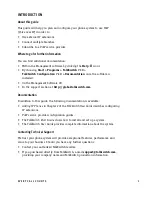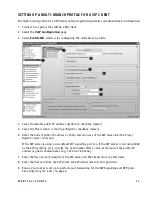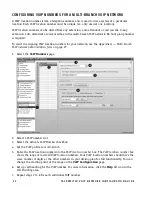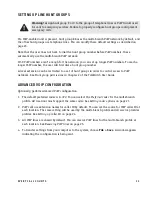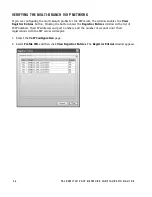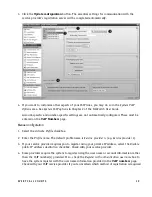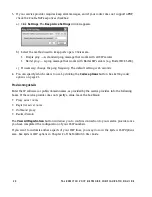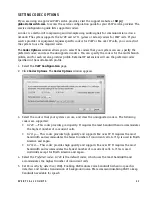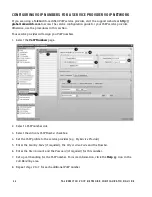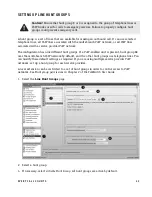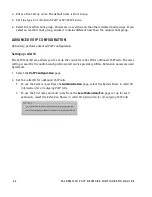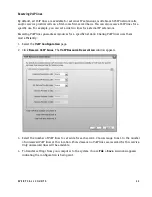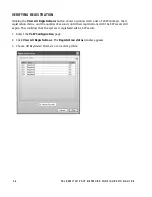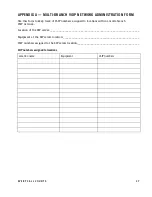
E V E R Y C A L L C O U N T S
1 5
SETTING UP LINE HUNT GROUPS
If a VoIP-enabled unit is present, hunt group 88 uses the multi-branch VoIP network by default, and
the other hunt groups use telephone lines. You can modify these default settings as described on
page 23.
Note that the user does not have to dial the hunt group number before VoIP numbers: these
automatically use the multi-branch VoIP network.
If 50 VoIP numbers aren’t enough for the network, you can set up longer VoIP numbers. To reach a
longer VoIP number, the user will first dial a hunt group number.
A local extension can be restricted to a set of hunt groups in order to control access to VoIP
networks. See
Hunt group permissions
in Chapter 2 of the
TalkSwitch User Guide
.
ADVANCED VOIP CONFIGURATION
Optionally, perform advanced VoIP configuration.
1. The default preferred codec is
G.729
. You can select the
Preferred codec
for the multi-branch
profile. All locations must support the same codec. See
Setting codec options
on page 21.
2. VoIP calls use extension names for caller ID by default. You can set the source for VoIP caller ID at
each location. The same setting will be used by the multi-branch profile and all service provider
profiles. See
Setting up caller ID
on page 24.
3. All VoIP lines are shared by default. You can reserve VoIP lines for the multi-branch profile at
each location. See
Reserving VoIP lines
on page 25.
4. To transfer settings from your computer to the system, choose
File > Save
. A window appears
indicating the configuration is being sent.
Warning!
Assign hunt group 9 or 0 to the group of telephone lines or VoIP trunks used
for calls to emergency services. Failure to properly configure hunt groups could prevent
emergency calls.

